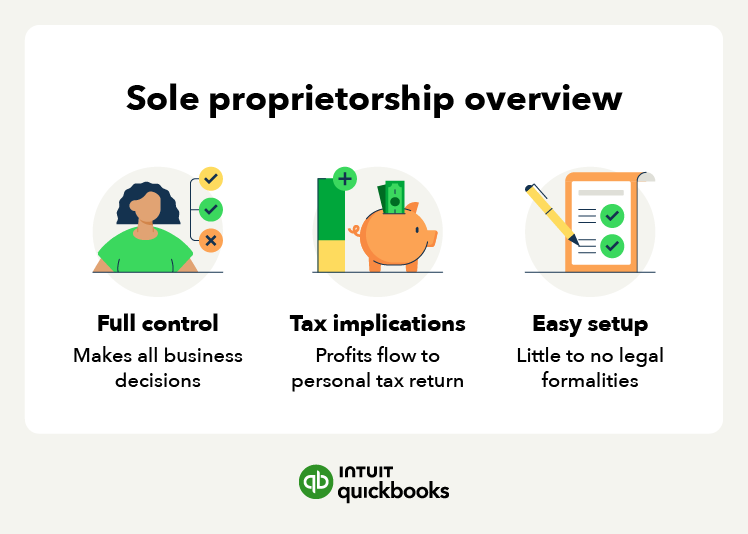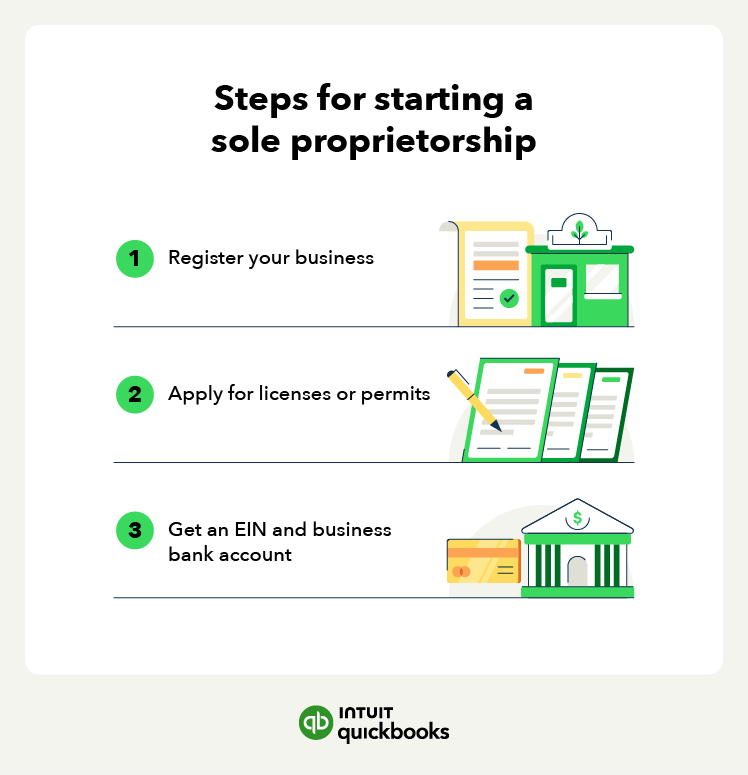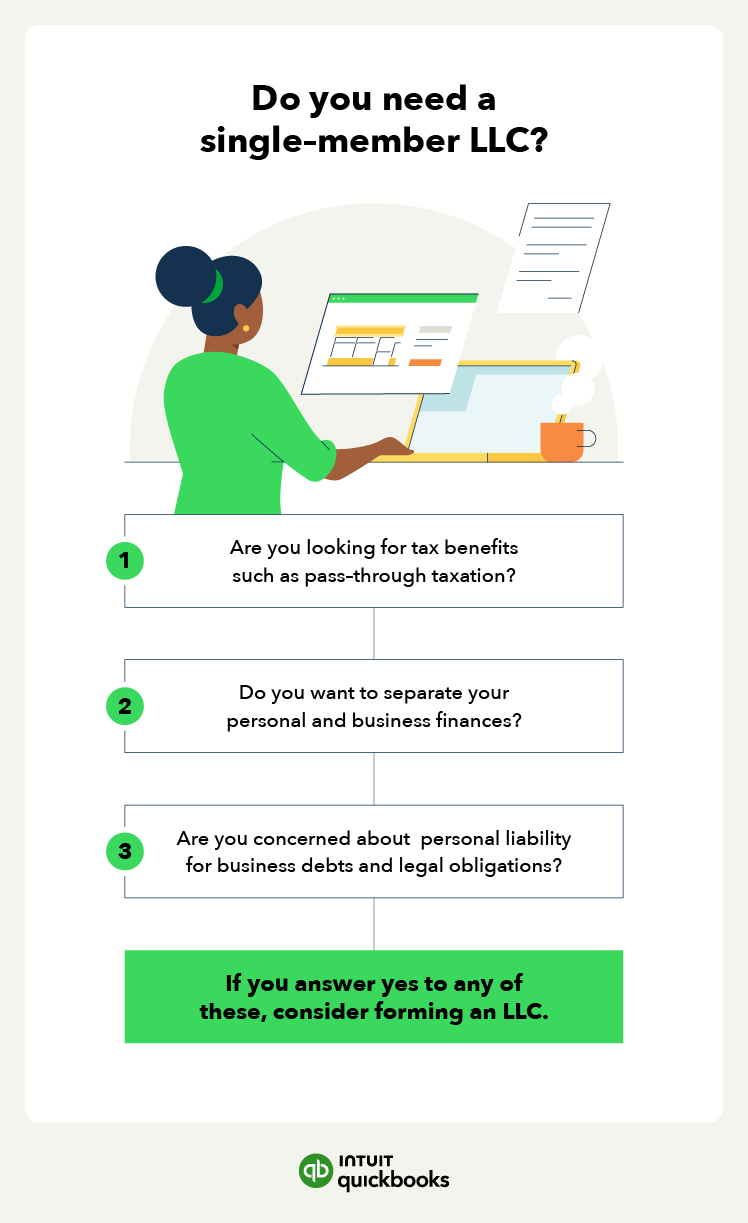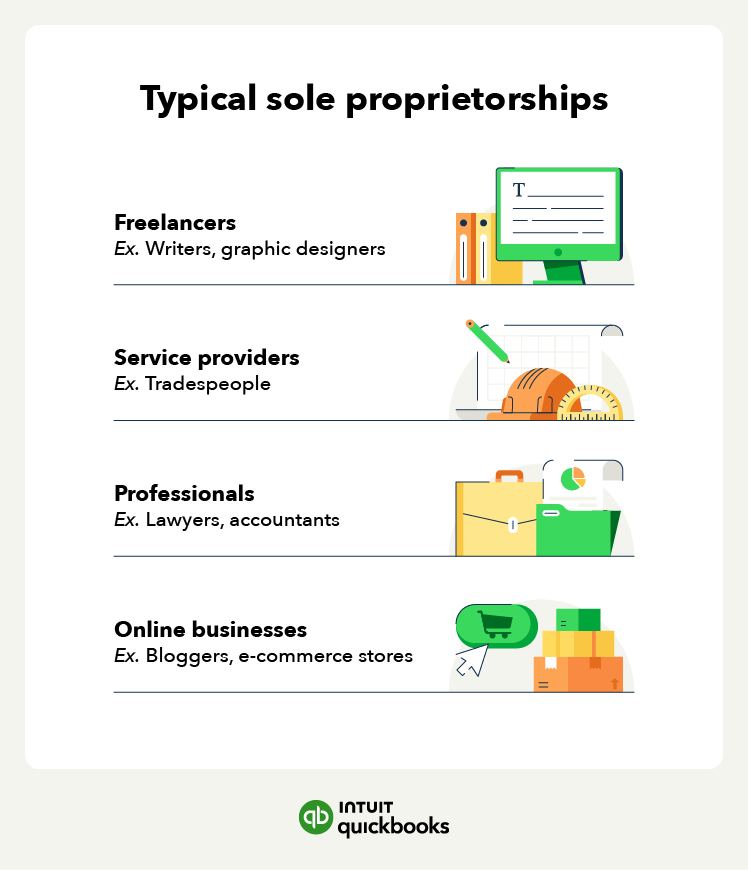Whether you're a freelancer, consultant, or independent contractor, understanding how to register your sole proprietorship is crucial for establishing and running your business effectively.
1. Register your business
If you want to use a name for your business that is not your personal name, you need to register a “doing business as” (DBA) name, also known as a "fictitious business name." This lets you legally operate your business under a different name without having to form a different business structure. You can register your business and get a DBA with your secretary of state.
2. Apply for licenses and permits
Regulations vary from state to state, but you may need to obtain licenses and permits on the federal, state, and local levels. The specific licenses and permits for your business type and locations will vary.
For example, state requirements may include sales tax permits, professional licenses, or health permits, depending on the nature of the business. Local permits could include zoning permits or health department licenses.
3. Get an EIN and business bank account
Now, you’ll want to set up a business bank account for business expenses. Doing so will make it easier to track your expenses and income, simplifying sole proprietorship taxes at the end of the year. However, you’ll need an Employer Identification Number (EIN).
An EIN is a unique identification number for your business that the IRS issues, akin to an individual’s Social Security number. You can apply for an EIN for free via the IRS.


















